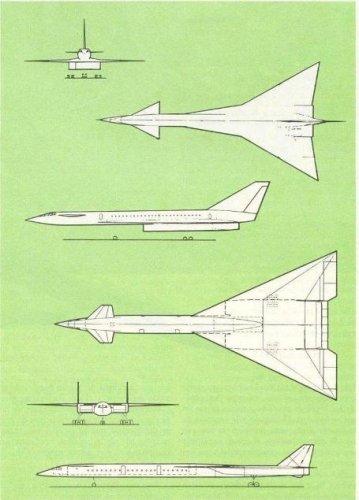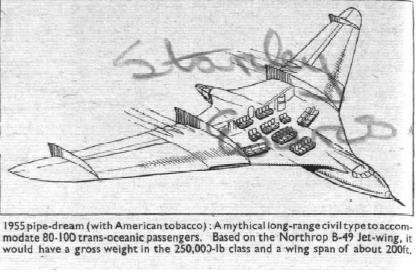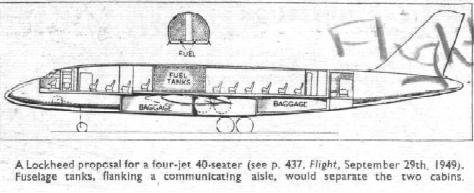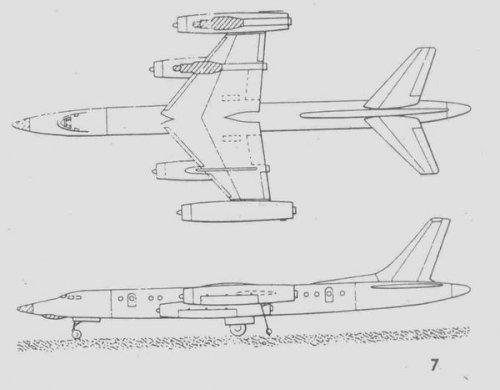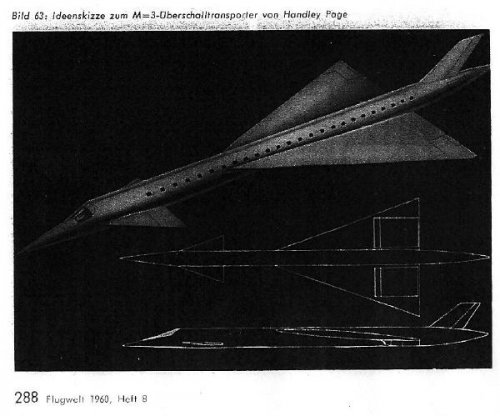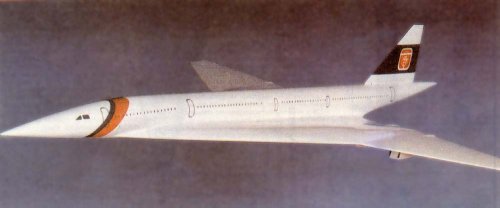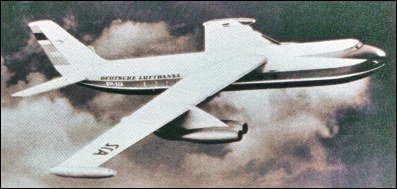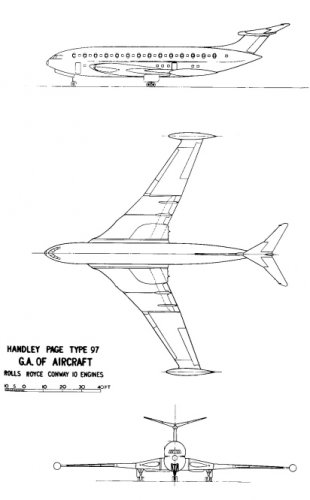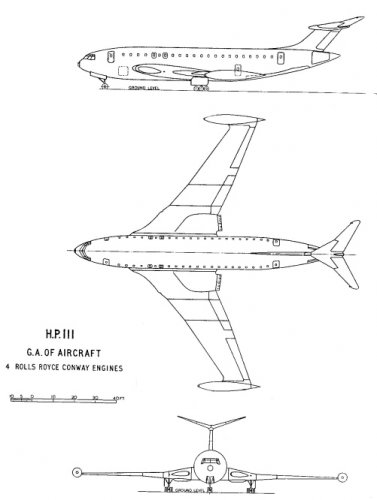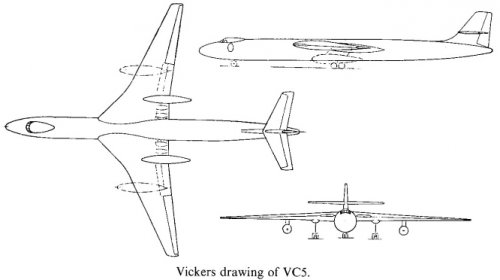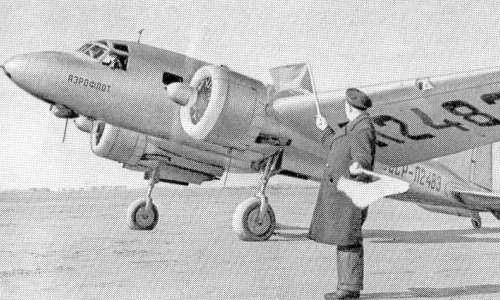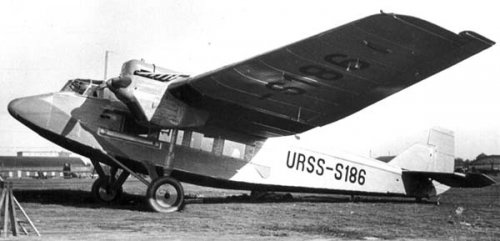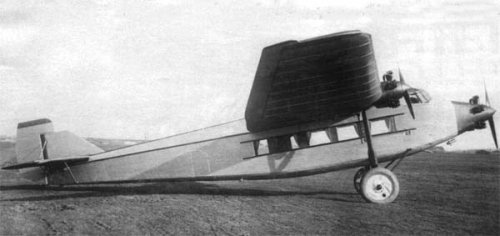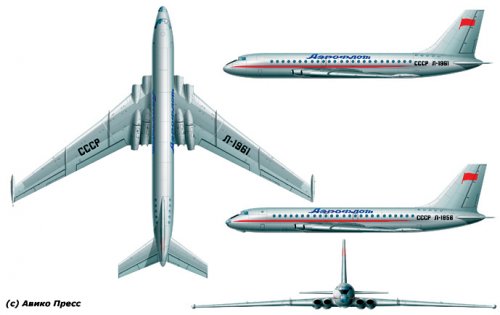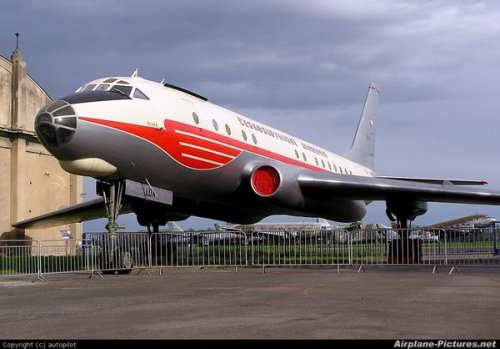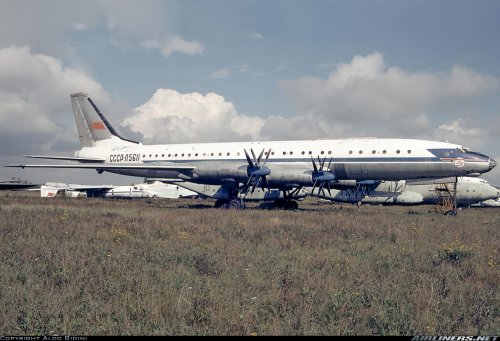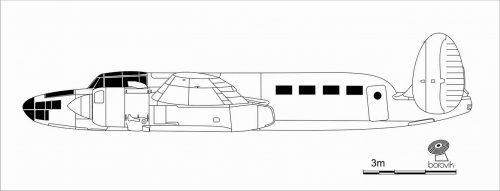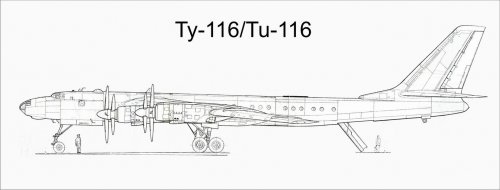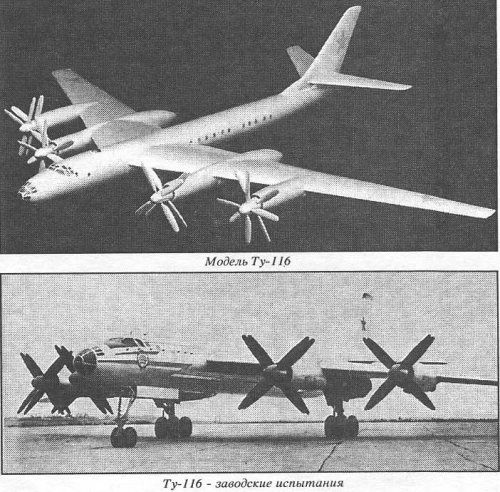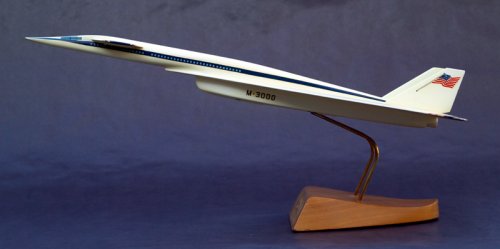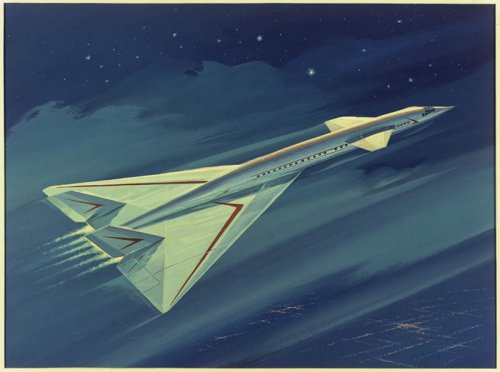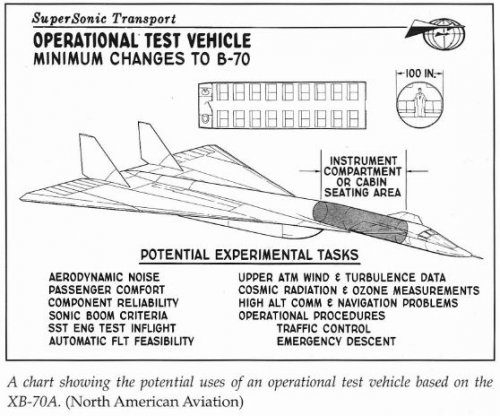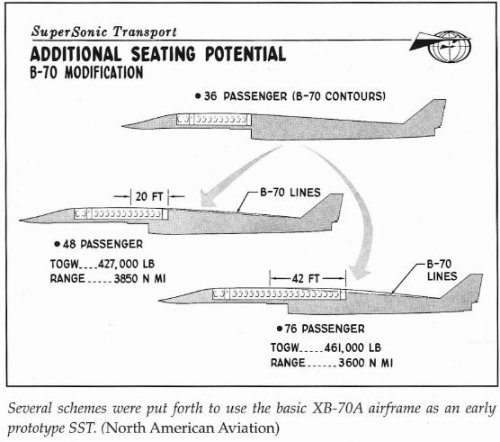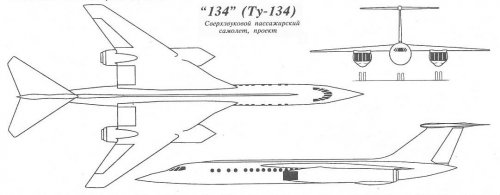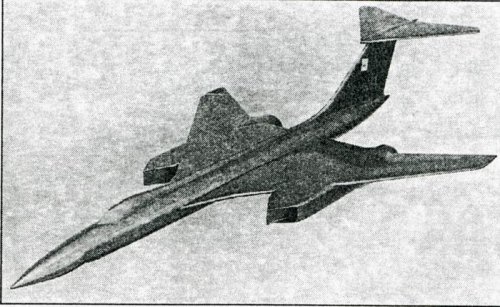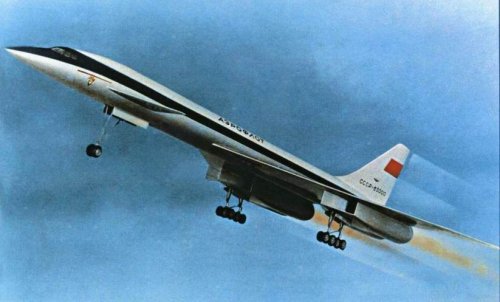About Baade 152 / VEB-152. Though it was derived from Alexeev-Baade "150" bomber, it couldn't be considered as a version or a modification of "150". Only principal aerodynamic scheme and basic principles of design were inherited, but any "150" aggregate or assembly unit wasn't taken directly. The "152" was considerably larger (especially its fuselage - 31.3 m instead of 26.7 m in length, 3.3 m instead of 2.6 m in diameter), heavier, and it had 4 engines while the "150" had only 2. Also it has classic-mounted horisontal tail, instead of T-tail of the "150".
About Tupolev: Almost all his bombers had civil derivatives, and it was beginned not in middle 1950s, but in late 1920s. The first Tupolev airliner, 9-seat trimotor
ANT-9 from 1929, was derived from
R-6 (ANT-7) twin-engine recon/bomber aircraft: the wing and tail unit were the same, combined with new fuselage. Also engines were different: while R-6 had two inline 630-hp M-17s (Soviet license-built BMW-VIs), the ANT-9 had three radial engines: 3x230-hp Gnome-Rhone Titan on a prototype, 3x300-hp Bessonov M-26 on serial aircrafts. But the M-26 engine was unsuccesssful, and in 1931 a version called PS-9 was designed; it had two M-17s and the powerplant was completely taken from the R-6!
The 32-seat ANT-14
Pravda from 1931 was derived from the famous TB-3, with the same wings and many other aggregates. Another Tupolev bomber legend of 1930s, the SB (ANT-40), also had a civil "brother" - it was 10-seat ANT-35 (PS-35), the first Soviet twin-engine high-speed airliner. The passenger version of TB-7 (ANT-42, later renamed into Pe-8) was also projected, but left unbuilt. And the civil "brother" of Tu-4 was
Tu-70 prototype from 1946.

